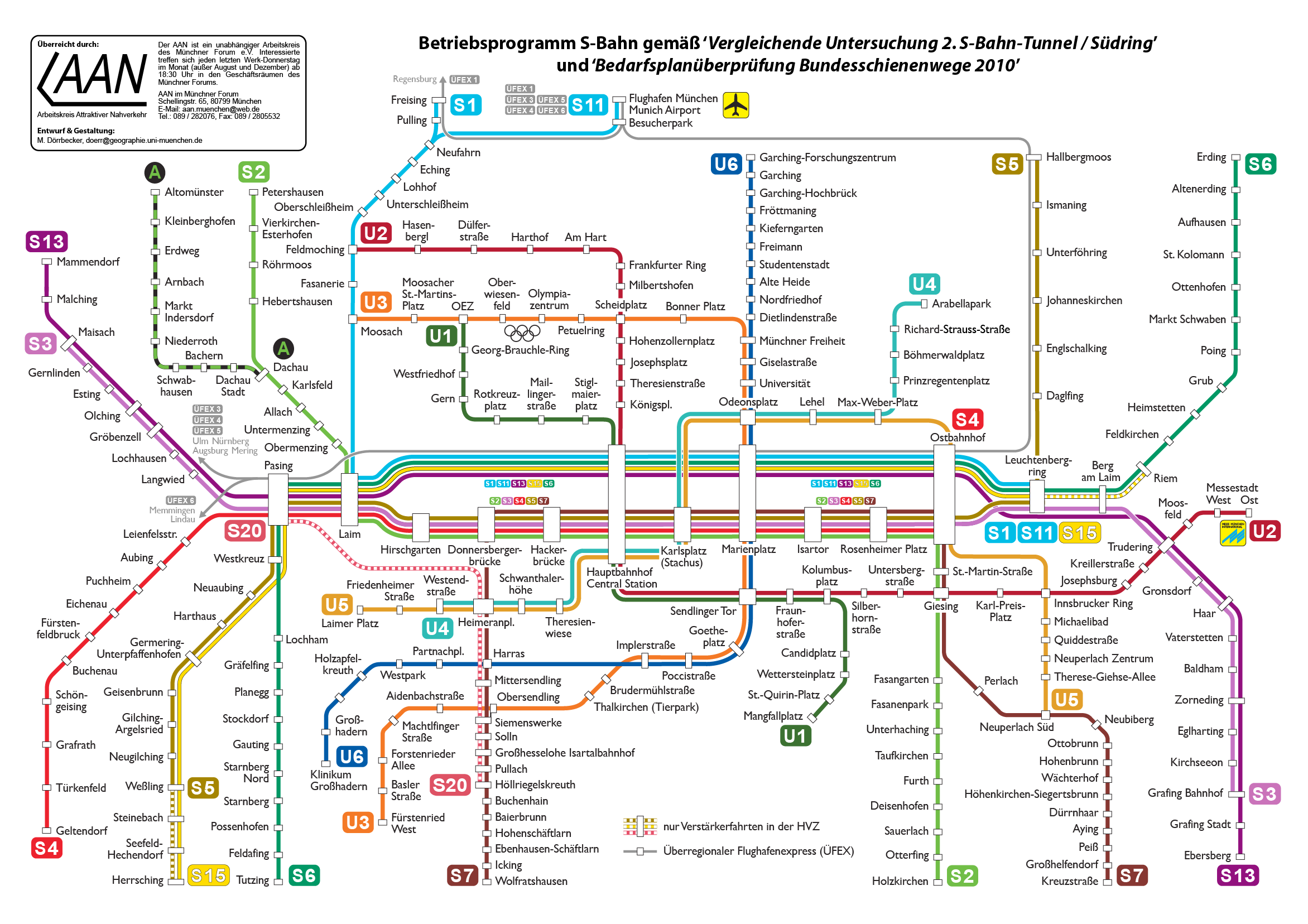|
Weßling
Weßling is a municipality in the district of Starnberg in Bavaria, Germany. History Weßling was first mentioned in the 13th century, when it was passed to Seefeld Castle. In 1810 it was recorded to consist of 37 farms and in 1877 to have a population of 230. Since, starting from the 19th century, it was visited by several painters and sculptors (e.g. Carl Schuch, Pierre-Auguste Renoir, Wilhelm Trübner), the town is regarded by some as an artists' colony. In 1903, when Weßling had a population of 350, the construction of a railway from Munich to Herrsching led to a moderately increased influx of population around Lake Weßling. The town of Oberpfaffenhofen, which is now part of Weßling, gained some importance as an industrial and research location in 1936, when an airport was built there by the aircraft manufacturer Dornier. In 1972 and 1976 the municipalities of Hochstadt and Oberpfaffenhofen respectively were incorporated into Weßling. Geography Weßling is located ... [...More Info...] [...Related Items...] OR: [Wikipedia] [Google] [Baidu] |
Weßlinger See
The Weßlinger See ( 'Lake Weßling') is the smallest lake in the Fünfseenland ( 'five lakes country') in Upper Bavaria. It is completely enclosed by the municipality of Weßling. Overview Lake Weßling is a remnant of a kettle hole created during the Würm glaciation. It has no natural tributary, and due to the use of fertilizers in the catchment area it was close to becoming hypoxic in the 20th century. To counter this problem an oxygen pump was installed in the middle of the lake in the 1970s, which has significantly improved the ecologic balance. Due to its small size and lack of a natural tributary, regionally it is usually one of the warmest lakes in summer and the first lake to freeze over in winter. Especially in summer this means the lake attracts numerous visitors from the Munich Metropolitan Region. Starting in the 19th century, the scenic setting within the Bavarian Alpine Foreland has also attracted several painters and sculptors (e.g. Carl Schuch, Pierre-Auguste ... [...More Info...] [...Related Items...] OR: [Wikipedia] [Google] [Baidu] |
Munich–Herrsching Railway
The Munich–Herrsching railway is a branch line from München-Pasing station, Munich-Pasing to Herrsching in the German state of Bavaria. It is operated by DB Netz AG and is integrated into the Munich S-Bahn as part of S8 (Munich), line S8. The railway line is duplicated from Munich-Pasing to Weßling and electrified over its entire length. History Before the line was built, there was long-standing disagreement concerning the course of the route between Weßling and Herrsching. There were variations running via Walchstadt, Schluifeld and Steinebach. Eventually, a route was chosen that ran between the Wörthsee (municipality), Wörthsee villages of Steinebach and Auing with a station in Steinebach. The line from Munich to Herrsching opened on 1 July 1903. Initially, three pairs of passenger trains operated on the line daily. Although an additional holiday train ran in summer, the line often ran over capacity at this time of year. In 1903, it was the busiest branch line in the re ... [...More Info...] [...Related Items...] OR: [Wikipedia] [Google] [Baidu] |
Weßling (Oberbay) Station
Weßling (Oberbay) station is a railway station in the municipality of Weßling, located in the Starnberg district in Upper Bavaria, Germany Germany, officially the Federal Republic of Germany, is a country in Central Europe. It lies between the Baltic Sea and the North Sea to the north and the Alps to the south. Its sixteen States of Germany, constituent states have a total popu .... Notable places nearby *Weßlinger See References External links {{Authority control Munich S-Bahn stations Railway stations in Bavaria Buildings and structures in Starnberg (district) Railway stations in Germany opened in 1903 1903 establishments in Bavaria ... [...More Info...] [...Related Items...] OR: [Wikipedia] [Google] [Baidu] |
Munich S-Bahn
The Munich S-Bahn () is an Railway electrification system, electric rail transit system in Munich, Germany. "S-Bahn" is the German abbreviation for ''Stadtschnellbahn'' (literally, "urban rapid rail"), and the Munich S-Bahn exhibits characteristics of both rapid transit and commuter rail systems. The Munich S-Bahn network is operated by S-Bahn München, a subsidiary of DB Regio Bayern, which is itself a subsidiary of the German national railway company, Deutsche Bahn. It is integrated into the Munich Transport and Tariff Association (''Münchner Verkehrs- und Tarifverbund'', MVV) and interconnected throughout the city with the locally owned Munich U-Bahn. Today, the S-Bahn covers most of the populated area of the Munich metropolitan area of about 3 million inhabitants. In terms of system length, the Munich S-Bahn is the fourth-largest in Germany, behind the Rhine-Neckar S-Bahn, Rhine-Ruhr S-Bahn and the S-Bahn Mitteldeutschland. The Munich S-Bahn was established on 28 May 1972. ... [...More Info...] [...Related Items...] OR: [Wikipedia] [Google] [Baidu] |
Ice Hockey Bundesliga
The Eishockey-Bundesliga ("Federal Ice Hockey League") was formed in 1958 as the elite hockey competition in the Federal Republic of Germany, replacing the ''Oberliga (ice hockey), Oberliga'' in this position.Klein, p. 12 From the 1994–95 season, it was in turn replaced by the Deutsche Eishockey Liga, which now also carries the name 1st Bundesliga in its logo. The DEL, originally administered by the ''DEB'', the German Ice Hockey Federation, became an independent league in 1997.Die Geschichte des Eishockey DEB website - History of German ice hockey, accessed: 18 December 2011 With the German reunion, the Bundesliga became a truly nationwide league, initially including two teams from the former East Germany. History Pre-Bundesliga era Ice hockey was first played in German ...[...More Info...] [...Related Items...] OR: [Wikipedia] [Google] [Baidu] |
Fünfseenland
The Fünfseenland is the name for an area in Upper Bavaria between, and including, the Ammersee and Starnberger See, which contains the remainder of the great glacial lakes of the area ( Pilsensee, Wörthsee Wörthsee (Wörth lake) is a lake in the Starnberg (district), Starnberg district of Bavaria, Germany. It is one of the lakes of the Fünfseenland (Five lakes) region, which contains the remains of a great glacial lake. Location The Wörthsee i ... and the Weßlinger See). Gallery File:Diessen Ammersee-2.jpg, Ammersee File:2004-07-03 15-58-18 Hechendorf.jpg, Pilsensee File:Starnberger See 1.JPG, Starnberger See File:Steinebach WseeWalchstadt.jpg, Wörthsee File:Weßling Weßlinger See 668.jpg, Weßlinger See File:Aerial image of the Osterseen (view from the south).jpg, Osterseen File:Osterseen Gewitterabend Grosser Ostersee 02.jpg, The big Ostersee File:Maisinger See2.jpg, Maisinger See {{DEFAULTSORT:Funfseenland Lakes of Bavaria ... [...More Info...] [...Related Items...] OR: [Wikipedia] [Google] [Baidu] |
Starnberg (district)
Starnberg () is a ''Landkreis'' (district) in the southern part of Bavaria, Germany. Neighboring districts are (from the north clockwise) Fürstenfeldbruck, Munich, Bad Tölz-Wolfratshausen, Weilheim-Schongau and Landsberg. Starnberg district and the Hochtaunuskreis regularly compete for the title of Germany's wealthiest district. Geography The main geographic feature of the district are the five lakes – the Starnberger See and Ammersee, as well as the smaller Weßlinger See, Wörthsee and Pilsensee. The lakes were formed by the glaciers of the last ice age. Hence the district is also called '' Fünf-Seen-Land'' (five-lake county). History The district was created in 1902, when the ''Bezirksamt München II'' was dissolved, and the new ''Bezirksamt Starnberg'' and ''Bezirksamt Wolfratshausen'' were created. Starting in 1939 they were called ''Landkreis''. In 1972 two municipalities (Bachhausen and Höhenrain) from the district Wolfratshausen were added to the district. ... [...More Info...] [...Related Items...] OR: [Wikipedia] [Google] [Baidu] |
Oberpfaffenhofen
Oberpfaffenhofen is a village that is part of the municipality of Weßling in the district of Starnberg, Bavaria, Germany. It is located about from the city center of Munich. Village The village is home to the Oberpfaffenhofen Airport and a major site of the German Aerospace Center (''Deutsches Zentrum für Luft- und Raumfahrt'', DLR). In 1983, the first West-German astronaut, the physicist Ulf Merbold, flew to space on board a Space Shuttle in a Spacelab mission that was partly supervised by the German Space Operations Center located at Oberpfaffenhofen. The research center in Oberpfaffenhofen houses the DLR, including the Columbus Control Center which DLR operates for the European Space Agency and Airbus Defence and Space, and also some Fraunhofer Institutes and other scientific institutes. From 2014, OHB group moved the division which formerly was Kayser-Threde, from Munich to Oberpfaffenhofen. Also situated in Oberpfaffenhofen is the industrial area of (the now ... [...More Info...] [...Related Items...] OR: [Wikipedia] [Google] [Baidu] |
1958–59 Ice Hockey Bundesliga Season
The 1958–59 Ice hockey Bundesliga season was the first season of the Ice hockey Bundesliga, the top level of ice hockey in Germany Germany, officially the Federal Republic of Germany, is a country in Central Europe. It lies between the Baltic Sea and the North Sea to the north and the Alps to the south. Its sixteen States of Germany, constituent states have a total popu .... Eight teams participated in the league, and EV Fussen won the championship. Regular season References * {{DEFAULTSORT:1958-59 ice hockey Bundesliga season Eishockey-Bundesliga seasons Bund Ger ... [...More Info...] [...Related Items...] OR: [Wikipedia] [Google] [Baidu] |
Wilhelm Trübner
Wilhelm Trübner (February 3, 1851 – December 21, 1917) was a German Realism (visual arts), realist Painting, painter of the circle of Wilhelm Leibl. Biography Trübner was born in Heidelberg. He was the third son of a silver- and goldsmith, Johann Georg Trübner, and his wife Anna Maria.Bahns et al. 1994, p. 73. In 1867 he began training as a goldsmith in Hanau, and met Classicism, classicist painter Anselm Feuerbach who encouraged him to study painting. In that year he began studies at the Kunstschule in Karlsruhe under Karl Friedrich Schick. He was influenced by artists he met in Karlsruhe, such as Hans Canon and Feodor Dietz.Ruhmer, E. (2003, January 01). "Trübner, (Heinrich) Wilhelm". Grove Art Online. In 1869 he began studying at the Kunstacademie in Munich, where he was greatly impressed by an international exhibition of paintings by Leibl and Gustave Courbet. Courbet visited Munich in 1869, not only exhibiting his work but demonstrating his alla prima method of wo ... [...More Info...] [...Related Items...] OR: [Wikipedia] [Google] [Baidu] |
Carl Schuch
Carl Eduard Schuch (30 September 1846 – 13 September 1903) was an Austrian painter, born in Vienna, who spent most of his lifetime outside Austria, in Germany, Italy and France. He painted primarily still lifes and landscapes. From 1865 to 1867, he studied landscape painting under the academician Ludwig Halauska. Among his early works are studies of heads which he said he wished to paint "like still-lifes, tone by tone, without emotion". During the period 1882–94 he was based in Paris, where he was greatly impressed by the work of Claude Monet—whom he described as "the Rembrandt of ''plein-air'' painting"—although he was attracted most of all to Rembrandt and the artists of the Barbizon school.Forster-Hahn and Riopelle 2001, p. 164 In 1884 and 1885 he spent the summer months in the Netherlands, studying the Dutch old masters as well as the contemporary painters of the Hague School, and filling notebooks with detailed descriptions of the colors he observed in paintings t ... [...More Info...] [...Related Items...] OR: [Wikipedia] [Google] [Baidu] |
Lilium GmbH
Lilium Aerospace GmbH is a German aerospace company which is the developer of the Lilium Jet, an electrically powered personal air vehicle capable of VTOL flight. History Lilium was founded in 2015 by four engineers and PhD students at the Technical University of Munich, Daniel Wiegand, Sebastian Born, Matthias Meiner and Patrick Nathen, and named after the aviation pioneer Otto Lilienthal. The Lilium Eagle, an unmanned two-seat proof of concept model, performed its maiden flight at the airfield Mindelheim-Mattsies near Munich in Germany on 20 April 2017. The Lilium Jet five-seater prototype Phoenix first flew in May 2019. The prototype was powered by 36 electrically powered jacketed-propellers mounted in movable flaps that can point down for vertical takeoff and gradually moved to a horizontal position to provide forward thrust. The five-seat Lilium Jet is capable of achieving a top speed of 300 km/h and targets a range of 300 km. In 2017, Lilium announced p ... [...More Info...] [...Related Items...] OR: [Wikipedia] [Google] [Baidu] |



